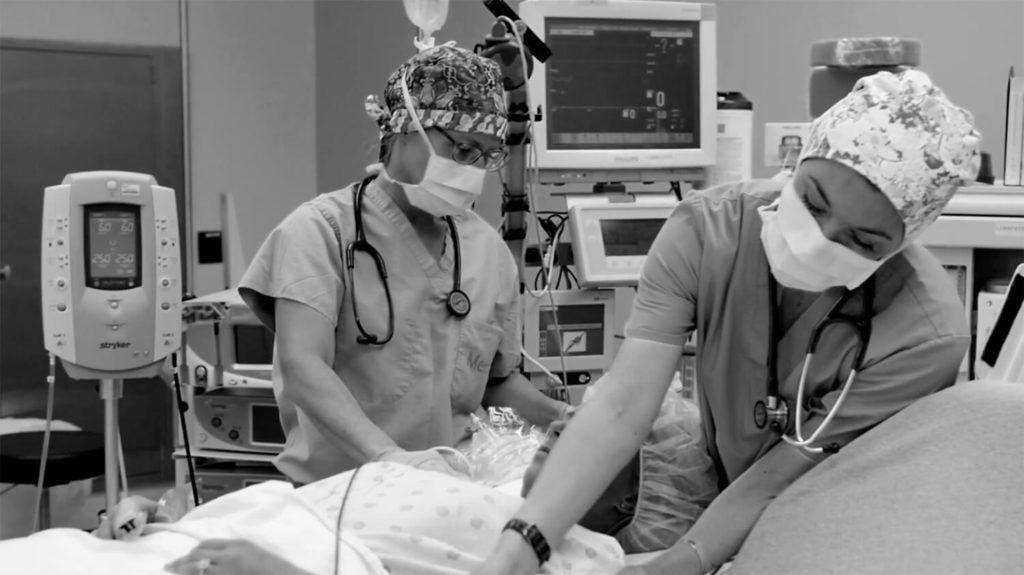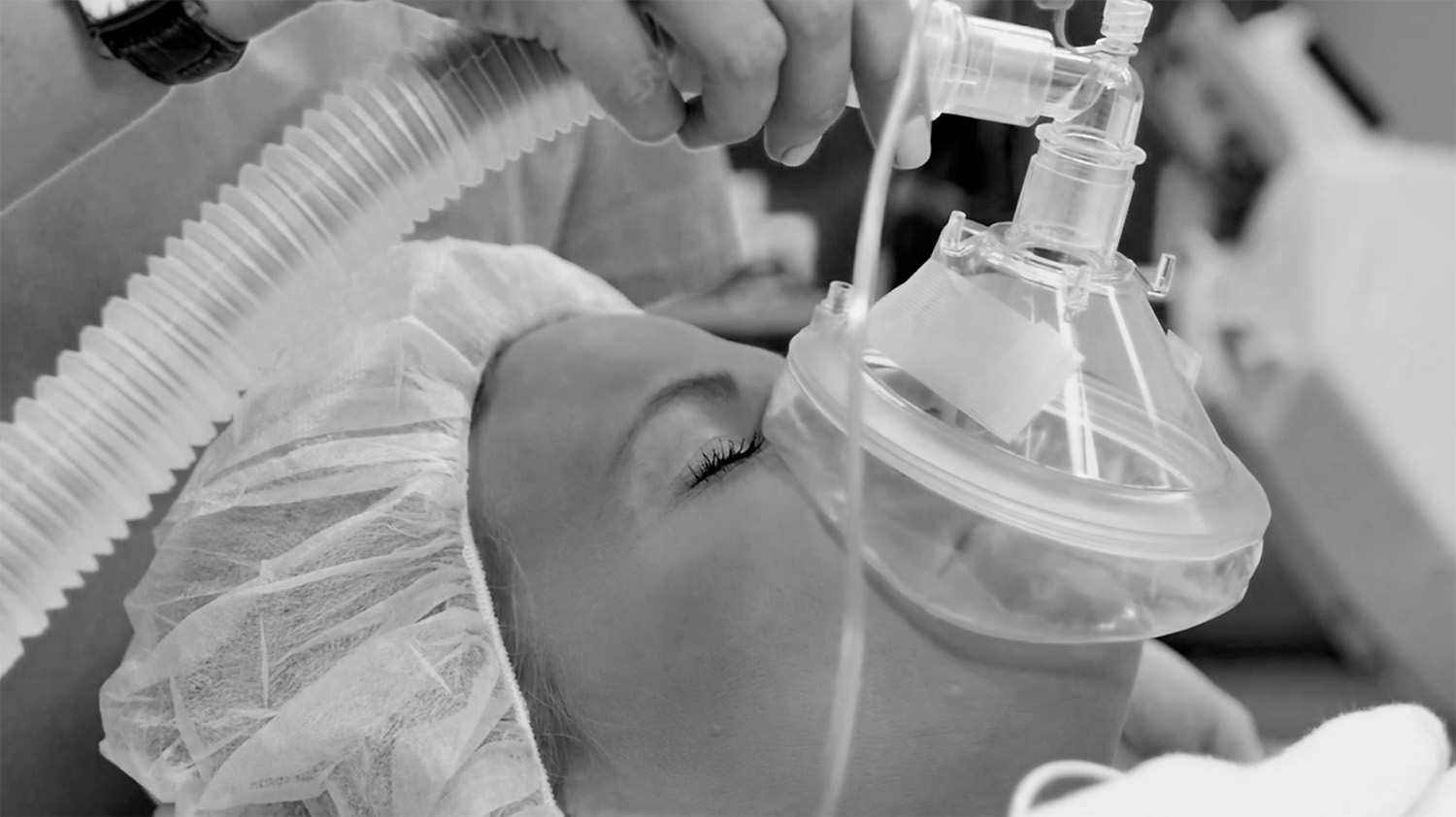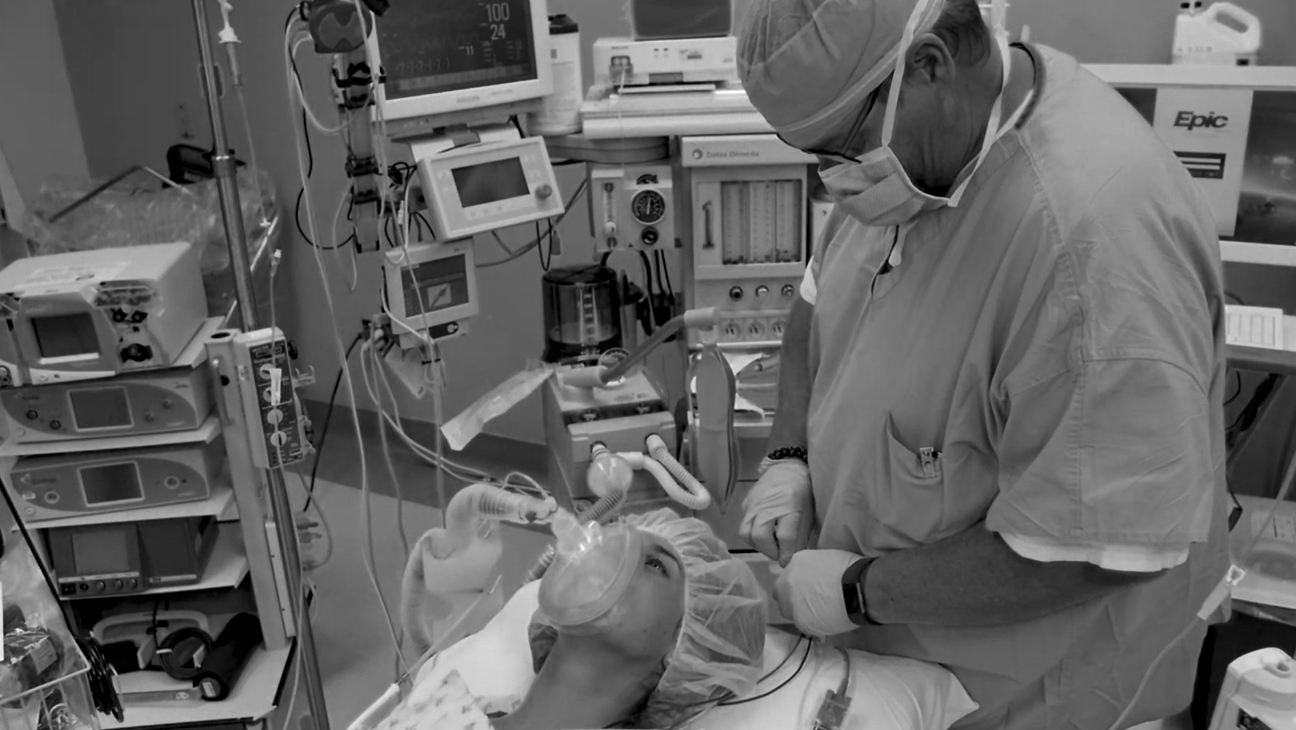When considering a career in nurse anesthesia, individuals often have questions about the profession. The following includes answers to some of the most frequently asked questions and suggestions on where to get answers to other questions you may have. It is hoped that you will find this information useful in considering a career as a nurse anesthetist.

Nurse anesthesia is an advanced clinical nursing specialty. As anesthesia specialists, CRNAs administer approximately 49 million anesthetics to patients in the United States each year.
A nurse with a minimum of one year ICU experience attends an accredited nurse anesthesia education program to receive an extensive education in anesthesia. Upon graduation, the nurse must pass a national certification exam to become a CRNA.


Financial aid is available and varies by program. It is suggested that you contact several programs and ask them about the availability of tuition assistance, as well as the specific admission criteria. There is no financial aid available through AANA for those entering a nurse anesthesia education program.
● Performing a physical assessment
● Participating in preoperative teaching
● Preparing for anesthetic management
● Administering anesthesia to keep the patient pain free
● Maintaining anesthesia intraoperatively
● Overseeing recovery from anesthesia
● Following the patient’s postoperative course from recovery room to patient care unit
● CRNAs may provide services in conjunction with other healthcare professionals such as surgeons, dentists, podiatrists, and anesthesiologists.
During surgery, the patient’s life often rests in the hands of the anesthesia provider. This awesome responsibility requires CRNAs to fully use every aspect of their anesthesia education, nursing skills, and scientific knowledge. CRNAs vigilantly monitor the patient’s vital signs, regulate the anesthetic as necessary, analyze situations, make decisions, communicate clearly with the other members of the surgical team, and respond quickly and appropriately in an emergency.
The shortage of CRNAs in the marketplace spells job opportunities. With hospitals and other healthcare facilities scrutinizing their bottom lines, CRNAs offer an attractive option for providing anesthesia care. Also of interest is the fact that approximately eight nurse anesthetists can be educated for the cost of one anesthesiologist. Competitively, this gives CRNAs an advantage over anesthesiologists in a scenario where manpower supply and costs to the government and society are issues.
It is not the policy of the Council on Accreditation of Nurse Anesthesia Educational Programs (COA), nor the American Association of Nurse Anesthetists, to rank nurse anesthesia educational programs. All accredited programs of anesthesia follow the same accreditation standards, policies and procedures as set forth by the COA. Once they are accredited, they have to maintain the accreditation through periodic reviews to ensure they are following the standards.
2025
2026
The Missouri Association of Nurse Anesthetists (MoANA) has more than 1236 members. MoANA was founded in 1935 by 15 charter members, including Helen Lamb of St. Louis. She became the first president of MoANA and later served as president of the American Association of Nurse Anesthetists (AANA), our parent organization.